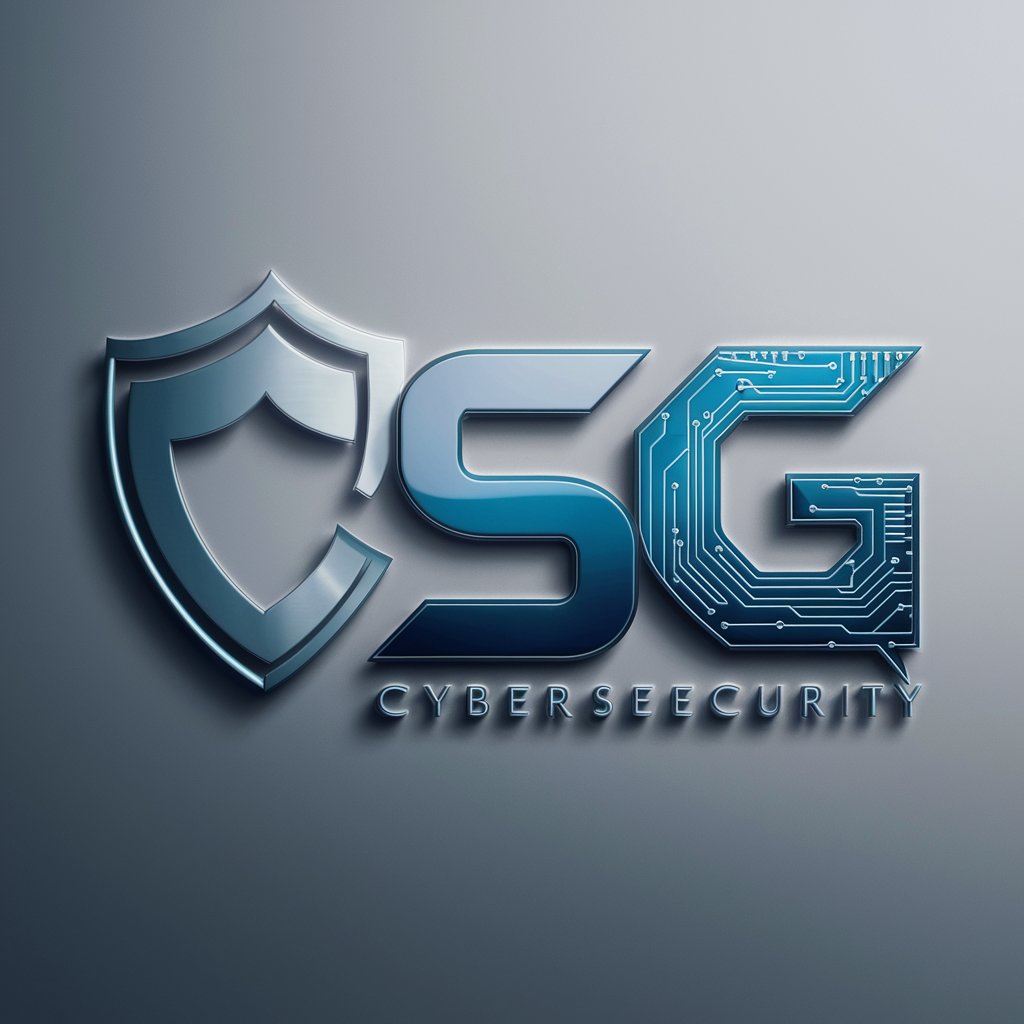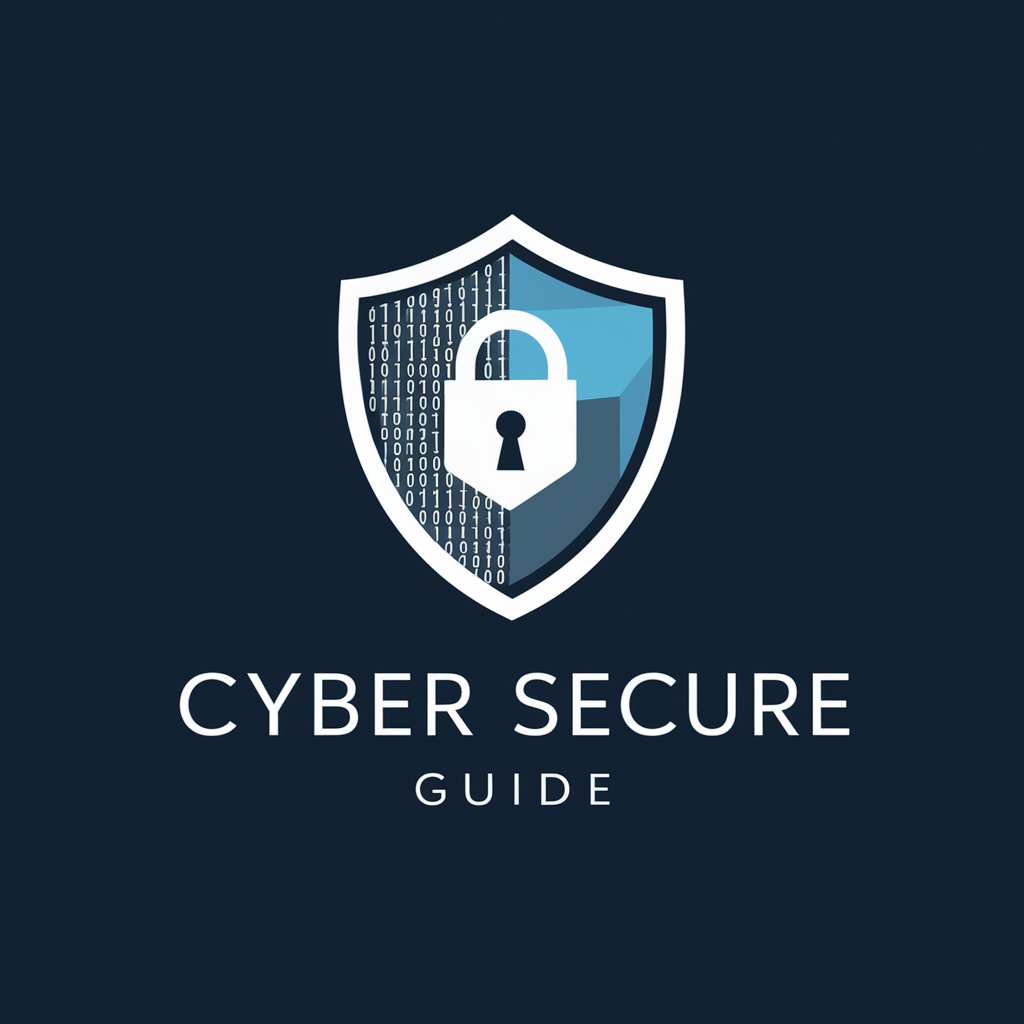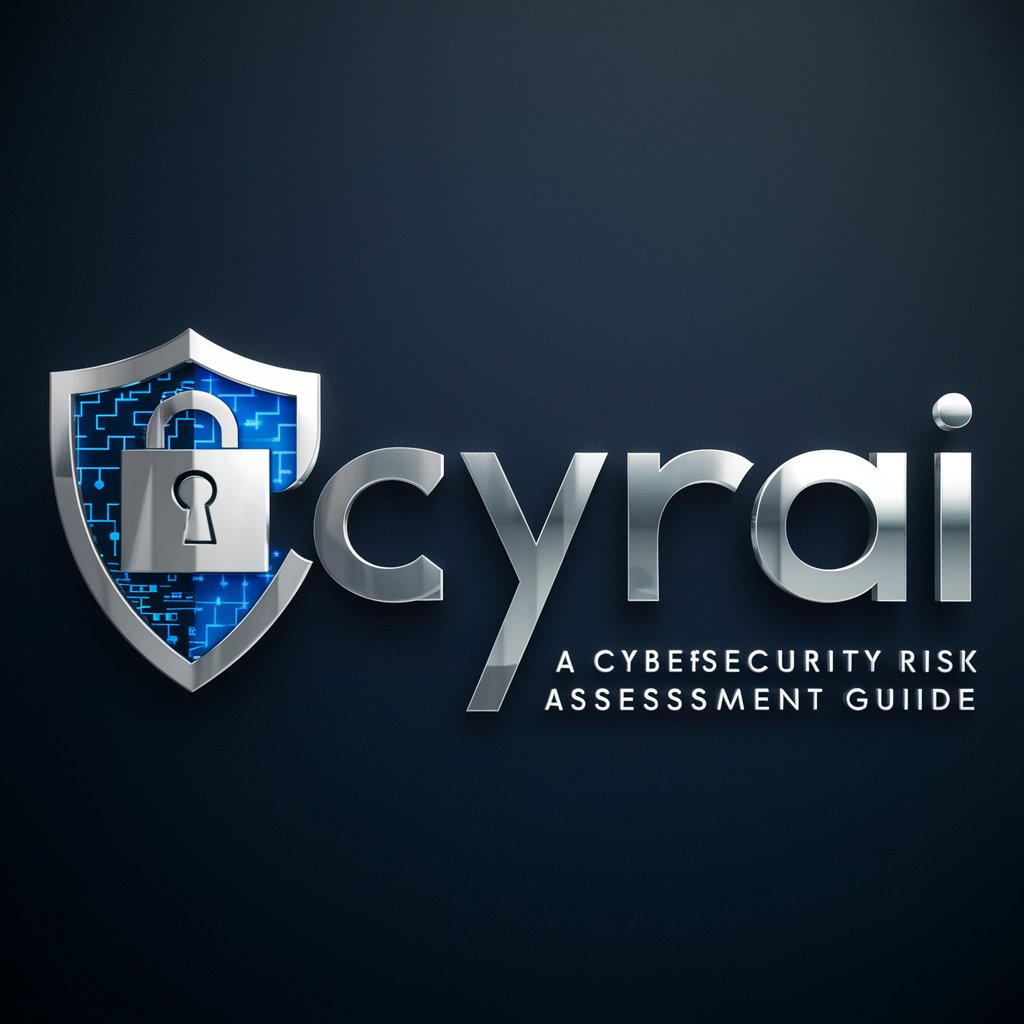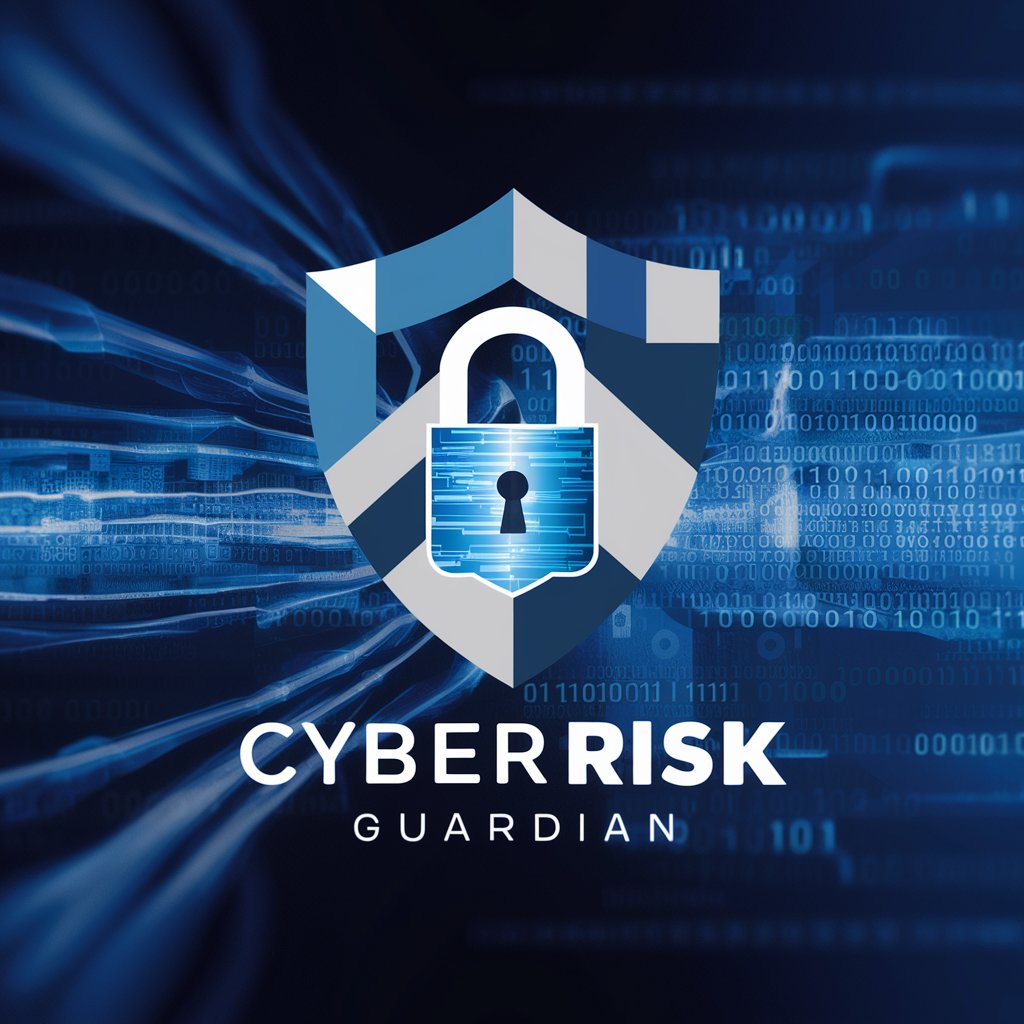
Securtiy Risk-Cyber ISO/NIST/IEC - Cybersecurity Compliance Aid
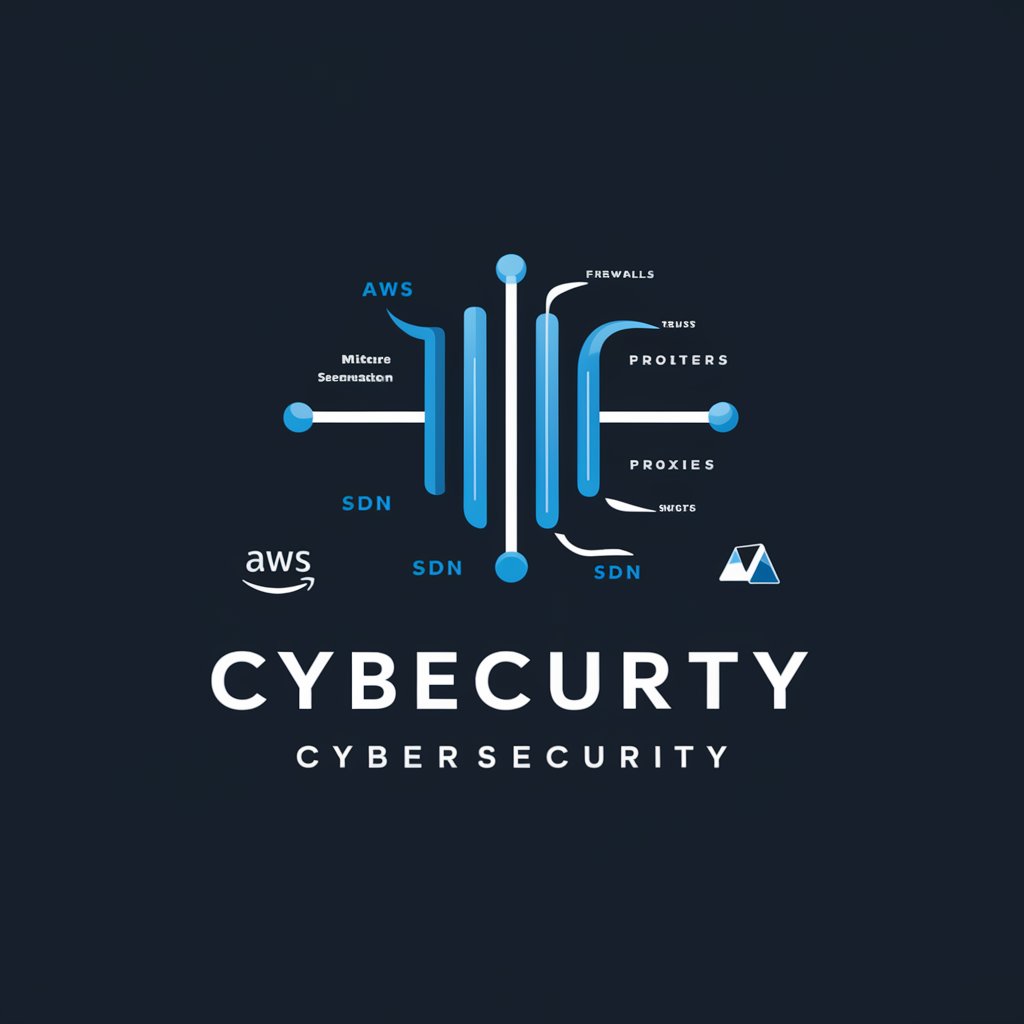
Welcome! Let's secure your network together.
Empower Your Cyber Defense with AI
Assess the security risks in this network configuration...
Describe the best practices for securing firewalls in a corporate environment...
Explain the importance of SDN in modern network security...
How can AWS and Azure services be integrated securely within an IT infrastructure?
Get Embed Code
Introduction to Security Risk-Cyber ISO/NIST/IEC
The Security Risk-Cyber ISO/NIST/IEC system is designed to provide comprehensive security management and risk assessment capabilities in alignment with established international standards including ISO (International Organization for Standardization), NIST (National Institute of Standards and Technology), and IEC (International Electrotechnical Commission). Its primary purpose is to assist organizations in identifying, analyzing, and mitigating cybersecurity risks within their information technology and operational technology environments. An example scenario where the Security Risk-Cyber ISO/NIST/IEC system might be applied is in a financial institution needing to ensure the confidentiality, integrity, and availability of its digital assets while complying with global cybersecurity regulations. Powered by ChatGPT-4o。

Main Functions of Security Risk-Cyber ISO/NIST/IEC
Risk Assessment and Management
Example
Conducting a comprehensive risk assessment for a healthcare provider to identify vulnerabilities in patient data management systems.
Scenario
The system evaluates potential threats and vulnerabilities, prioritizes risks based on severity, and recommends mitigation strategies to protect sensitive health information against cyber threats.
Compliance Monitoring
Example
Ensuring an e-commerce platform complies with PCI DSS standards for secure online transactions.
Scenario
The system continuously monitors the e-commerce platform's compliance with the Payment Card Industry Data Security Standard (PCI DSS), identifies compliance gaps, and suggests corrective actions to prevent data breaches.
Incident Response Planning
Example
Developing a tailored incident response plan for a multinational corporation to address potential security breaches.
Scenario
The system assists in creating a detailed incident response plan that outlines procedures for detecting, responding to, and recovering from cyber incidents, thereby minimizing the impact of security breaches on business operations.
Ideal Users of Security Risk-Cyber ISO/NIST/IEC Services
Financial Institutions
Banks, credit unions, and other financial services providers benefit from enhanced security measures, compliance with financial regulations, and protection of sensitive customer information.
Healthcare Organizations
Hospitals, clinics, and health insurers require robust cybersecurity frameworks to safeguard patient data, ensure privacy, and comply with health information security standards.
Government Agencies
Local, state, and federal government entities need to protect critical infrastructure, maintain data confidentiality, and ensure national security against cyber threats.

Usage Guidelines for Securtiy Risk-Cyber ISO/NIST/IEC
1
Begin with a trial at yeschat.ai, offering immediate access without the necessity for login credentials or a ChatGPT Plus subscription.
2
Identify your security risk management needs, focusing on areas such as network configurations, firewall settings, or compliance with ISO, NIST, and IEC standards.
3
Utilize the tool to evaluate your current security posture, applying ISO/NIST/IEC frameworks to detect vulnerabilities and assess risks within your IT infrastructure.
4
Implement the provided recommendations to enhance security measures, harden your systems, and ensure compliance with the relevant cybersecurity standards.
5
Regularly review and update your security practices using the tool to adapt to evolving cyber threats and maintain alignment with ISO/NIST/IEC guidelines.
Try other advanced and practical GPTs
medTutor
Empowering medical learning with AI.

Image Wizard
Empowering creativity with AI-driven image magic.
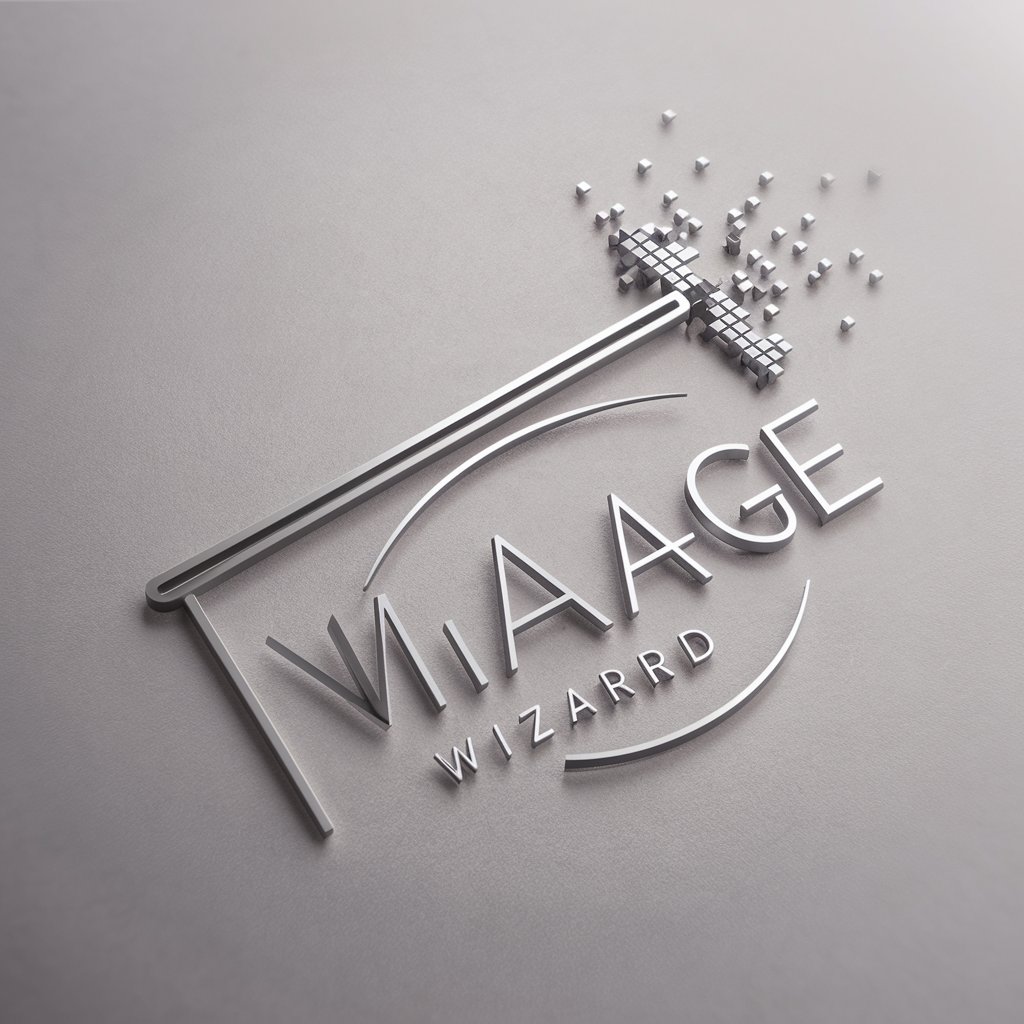
DM's Assistant
Empowering Dungeon Masters with AI

Happy Husband
Empowering relationships with AI-driven empathy.

delugeGUIDE
Your AI-powered guide to mastering the Deluge

BuyRadar - AI Smart Shopping Assistant (USA)
Empowering your shopping with AI
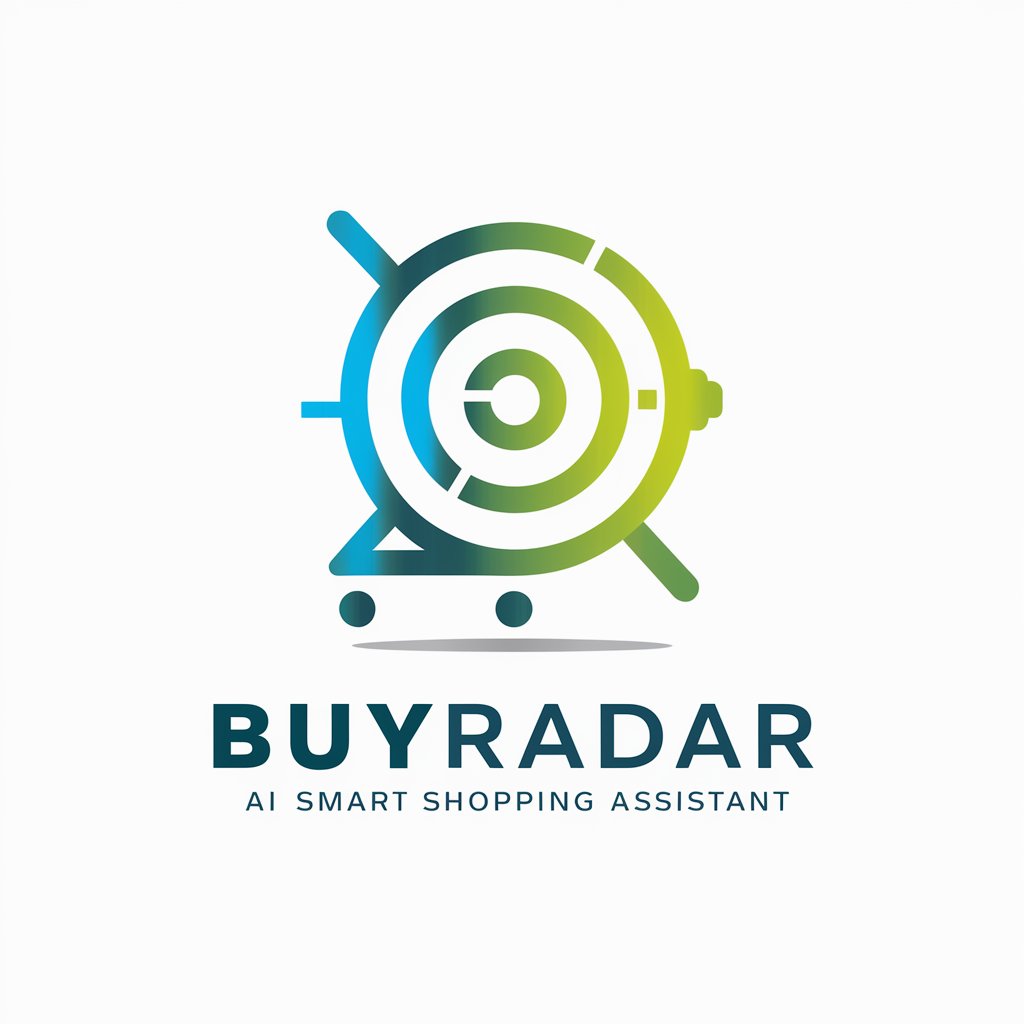
Climate Change Debunker
Demystifying Climate Science with AI

MiddleJourney Prompt Generator
Crafting your imagination into prompts

2024 연말정산 (개정세법·사례 3K+ 탑재)
Maximize refunds with AI-powered tax guidance

A Level Tutor
Empowering A Level success with AI

Mr. Handy®
Empowering your projects with AI insights

Business Idea Generator
AI-Powered Business Concept Crafting

Q&A on Securtiy Risk-Cyber ISO/NIST/IEC
What is Securtiy Risk-Cyber ISO/NIST/IEC?
It is a specialized AI tool designed to assist in identifying, assessing, and mitigating cybersecurity risks in accordance with ISO, NIST, and IEC standards.
How can it help ensure compliance with cybersecurity standards?
The tool analyzes your IT infrastructure to ensure security controls align with global standards, providing insights and recommendations for compliance.
What are common use cases for this tool?
Common uses include risk assessment for network configurations, compliance checks against cybersecurity standards, and security enhancements for IT systems.
Can it provide customized recommendations?
Yes, it offers tailored advice based on your specific security setup and the relevant standards, ensuring targeted and effective risk mitigation strategies.
How often should I use this tool for optimal security?
Regular usage is recommended to keep pace with changing cyber threats and evolving standards, ensuring continuous compliance and security.
